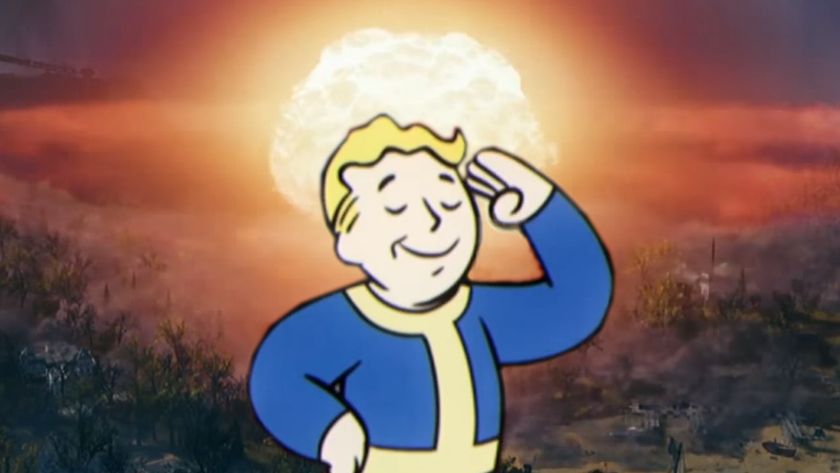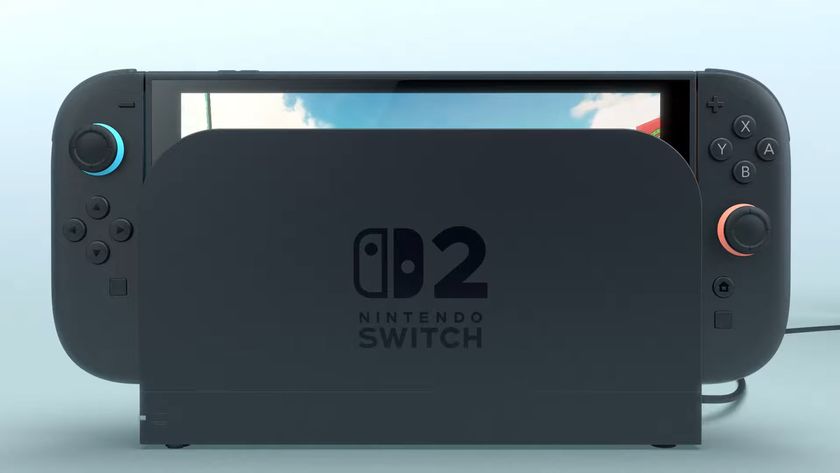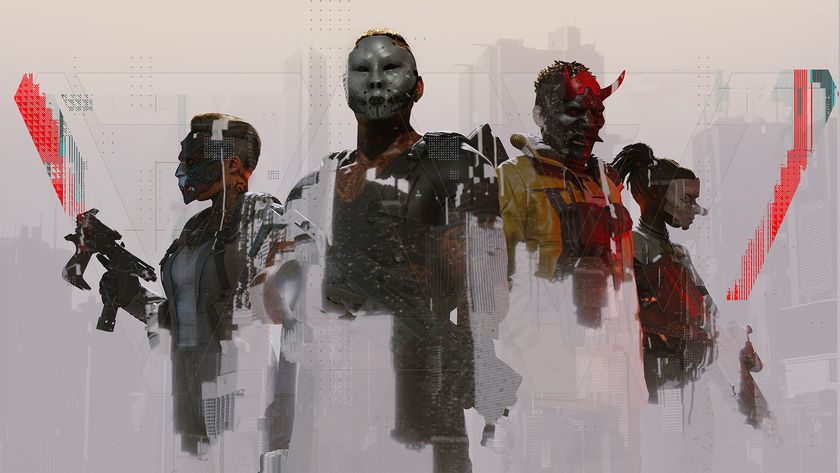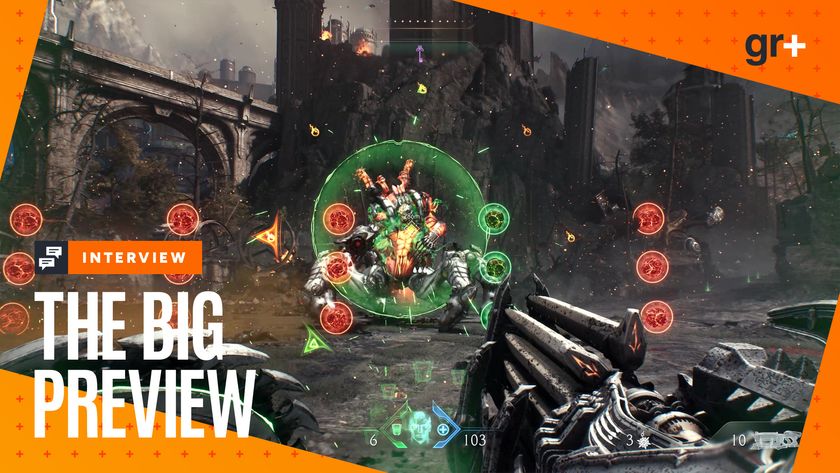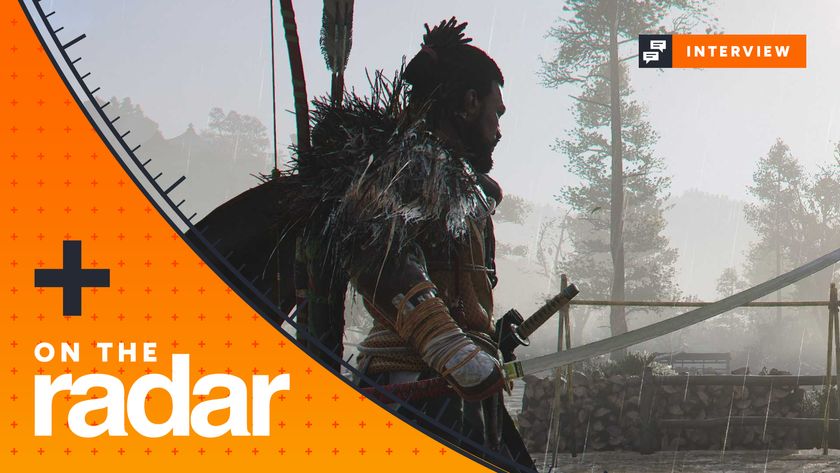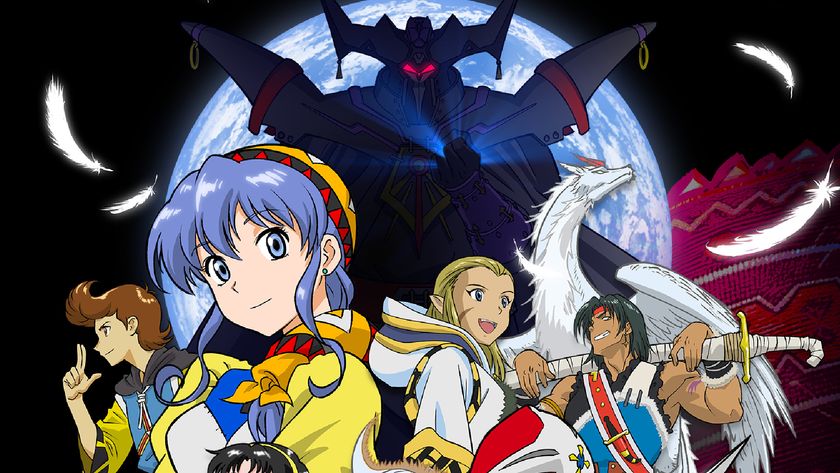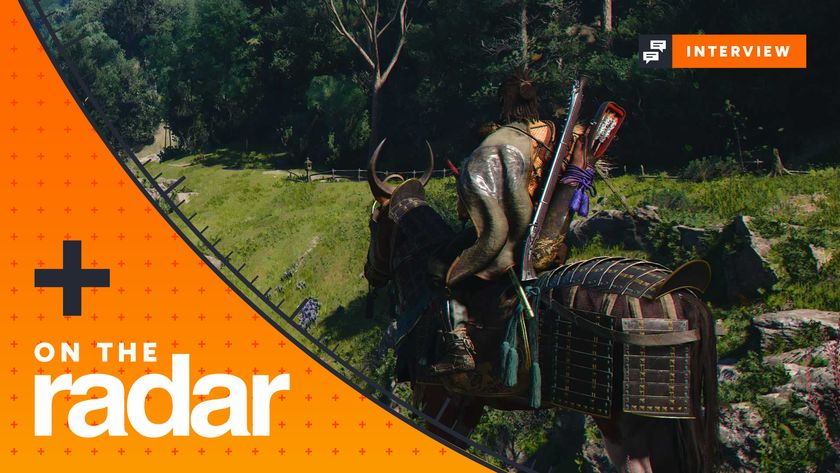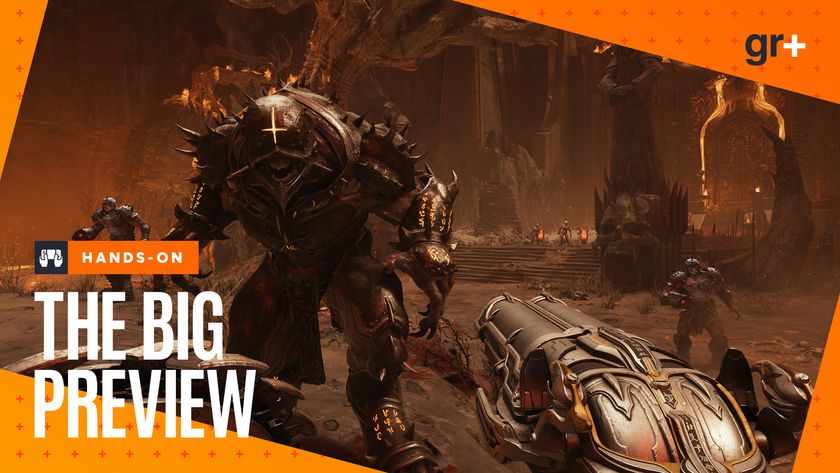Marvel vs Capcom: a history of the Vs fighting series
VIDEO: Seth Killian walks us through 16 years of fighting history
Marvel Super Heroes vs Street Fighter
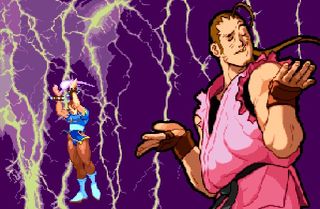
By Seth’s own admission, MSHvSF is kind of the runt of the series. He lays out his own reasons in the video, though for me it always felt like a half-step sequel sandwiched between XvSF and the exceptional Marvel vs Capcom. Or more accurately, it made XvSF itself seem like a half-step – if Capcom already had Spider-Man, Cap and Iron Man sprites handy from Marvel Super Heroes, why didn’t the Vs series start with MSHvSF, instead of backpedaling to X-Men only?
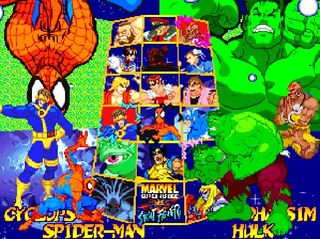
Above: More sprites you’ve already seen, plus Sakura and Dan
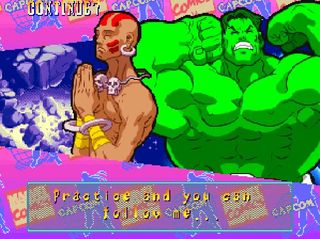
Above: The victory screens lost the comic touches, replaced with bland purple backgrounds
All that said, it’s still a fun game on its own. There’s not much reason to choose it over X-Men or the next game on the list, but as an oddity I do feel certain “so ugly it’s cute” affinity for it. It does mark the first appearance of the “Assist” ability though, where you briefly summon your other fighter for one attack, then he leaves back into standby mode.
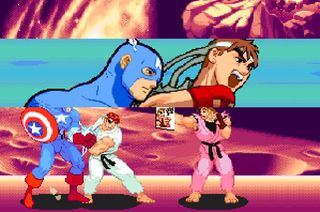
Above: And the team combos added cool pieces of art. Cap and Ryu!
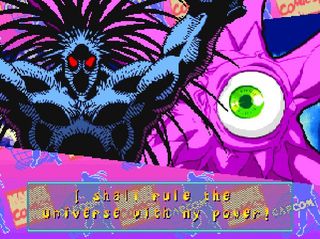
Above: I also admire the balls on Capcom to include Blackheart and Shuma Gorath for a second time. “Hey come play our game! It’s got all the Marvel greats!”
Seth mentioned a personal love for MSHvSF when it came to hidden characters. Dark Sakura and Mecha Zangief are the most well known, but the Japanese version included a goofball character named Norimaro, who is owned by neither Capcom nor Marvel. In fact, Norimaro comes from a Japanese comedian named Noritake Kinashi.
Sign up to the 12DOVE Newsletter
Weekly digests, tales from the communities you love, and more
Above: Weirder than you can imagine
In the video, Seth mentions how MSHvSF tones down the insanity when compared to XvSF, which didn’t resonate with fans. Players wanted things to get as nuts as possible. So when the time came for another sequel, the primary question became “How crazy is too crazy?”
Marvel vs Capcom
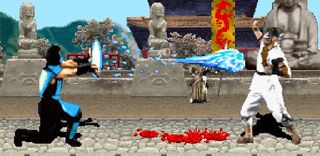
The first words out of Marvel vs Capcom are “LET’S GO GRAZY!” And true to that exclamation, MvC is an all-out assault on the senses. No longer restricted to one or two franchises, both sides are represented by a wide variety of characters, including Mega Man and Strider (Capcom), plus Venom and War Machine (Marvel).
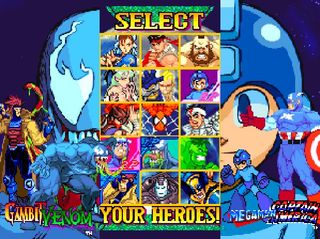
Above: Sure there were more recycled characters, but plenty of new sprites popped up, like Jinn and Captain Commando
The major addition came in the form of dedicated “Assist” characters. You’d pick your team of two heroes, then choose an Assist character who could be called on to perform one move, then exit the screen. They weren’t playable, you could only use them a set number of times each match and a new partner would be chosen for you before each match.

Above: Assists assemble! Amazing they made sprites for Thor and Arthur and then didn’t make them playable until MvC3
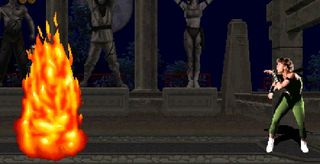
Above: The victory screens had fun, specific touches, like Morrigan actually referencing Spider-Man
Anyway, the craziness. The single most insane thing in MvC (and maybe fighting games period) is the Duo Team Attack, which lets you summon both fighters on the screen at the same time, AND you control both of them AND they have unlimited hyper combos. If that sounds confusing, it really is.
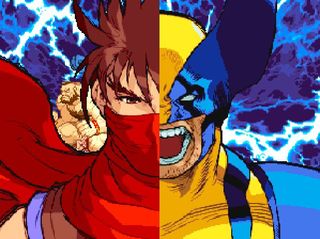
Above: OK so here goes Strider and Wolverine’s Duo Team Attack
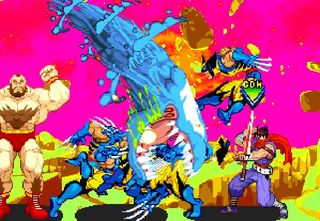
Above: OH GOD WHAT’S HAPPENING
It’s completely nuts, but again, this is a game that starts with a proclamation of craziness. Some players view Duo attacks as a spamming move that rewards button mashing, but as with many fighting games, what looks like spamming to some is actually tactical use of a built-in mechanic.

Above: And the art is great as always
To close out the MvC entry, Seth reminisced a bit about its tournament history:
Marvel vs Capcom 2
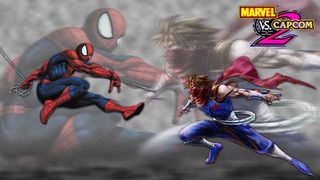
All of this brings us to MvC2, which combines and refines all the elements from each of the prior games into a formula that would last for a decade. But before we get into any of that, the first thing that hits you over the head is how many friggin’ characters Capcom crammed into one game. Essentially, MvC2 is a depository for just about every sprite Capcom had ever used in a Vs game, plus some Darkstalkers and Street Fighter holdouts, then a couple of weirdo entries (Son Son?) on top. Marvel saw new fighters like Cable and Marrow, yet on top of all this content Capcom invented two brand new fighters – Ruby Heart and Amingo.
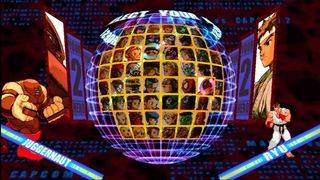
Above: 56 playable characters. And to think it’ll all whittle down to Magneto, Storm, Psylocke and Sentinel
MvC2 steps up the crazy by giving you THREE playable characters on your team, any of which could be called out as an Assist character for a quick strike. Seth elaborates on this feature in the video, and deservedly so, as this one addition significantly changed how the game was played. Now it was more about team mechanics, and how each character complements the other, rather than picking two strong characters and just going nuts.
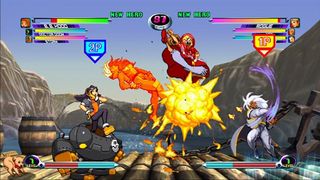
Above: Although three-on-three fights still get pretty damn insane
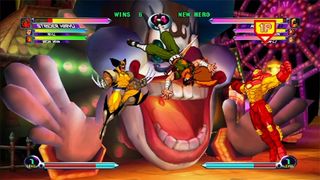
Above: It’s also home to some of my favorite game art of all time
If 3-on-3 battles are the first thing people associate with MvC2, the very next would have to be how downright weird the game is. None of the backgrounds have anything to do with either company, the soundtrack is all smooth jazz (including lyrics!) and the character select screen is home to one of the most enduring/endearing themes of all time.
Above: Officially stuck in your head forever
Above: Great fighting game music (?)
MvC2 has legitimately lasted as a top-tier competitive game for more than a decade. Its many revisions and vast character pool gave players plenty to work with, and as its full potential was revealed, the hype around it continued to grow. This eventually led to huge internet memes and famous money matches, enough genuine hysteria to fuel 10 years of “HEY MAKE A PART THREE ALREADY.”
Above: IT’S MAHVEL BAYBEE!
And now, 11 years after MvC2 took the world for a ride, we do have a part three. Think about the timeframe for a second. XvSF was 1996, MvC2 was 2000 – all this history and development happened in the span of just four years. It took nearly three times that long to get one more game out the door, so it’s easy to understand where all the excitement and hype comes from.
But will it live up to expectations? Will it power tournaments for 10 years like its predecessor? The answers start next week, from both our own review on Monday and your reactions as it hits stores on Tuesday. Obviously we won’t know the full impact of MvC3 until months down the line, but if our initial impressions are any indication, the Vs series will remain one of the premier names in fighting games for years to come.

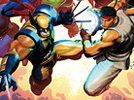
Too many characters to keep track of? This guide will clear everything up
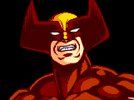
A look back at every game with Marvel's feral fighter
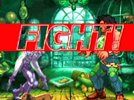
A video celebration of the word that starts the brawl
A fomer Executive Editor at GamesRadar, Brett also contributed content to many other Future gaming publications including Nintendo Power, PC Gamer and Official Xbox Magazine. Brett has worked at Capcom in several senior roles, is an experienced podcaster, and now works as a Senior Manager of Content Communications at PlayStation SIE.
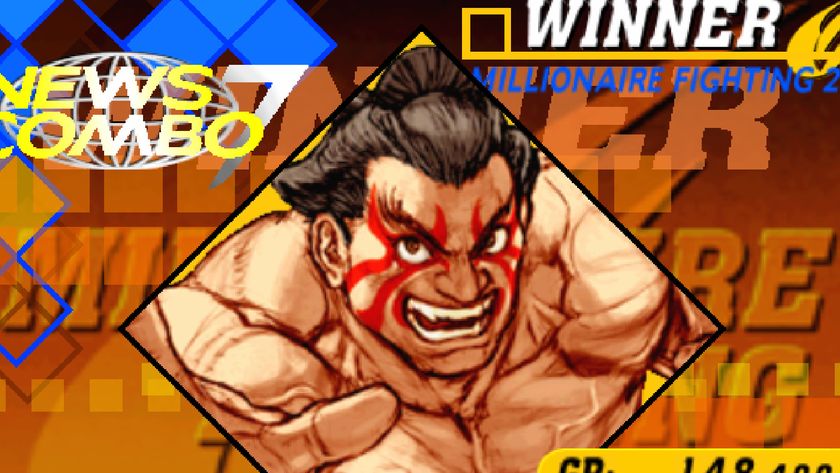
After 24 years, one of Capcom's greatest fighting games finally gets a definitive English patch featuring the 5,100 win quotes the devs never bothered to translate

After preserving the AI ghost of a fan's late brother, Tekken 8 boss says it might be a glimpse of the future where you don't "need an opponent who is human that has the exact same skill level"

